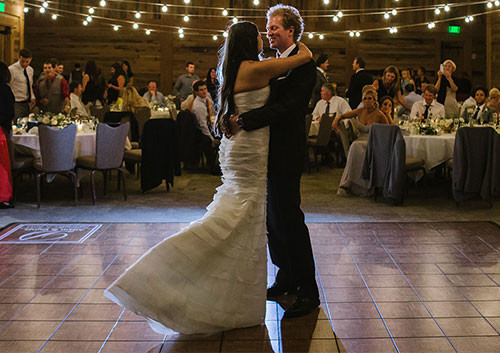Enhancing Ingenuity Through Shade Theory within Illuminated Dance Platform Designs
Enhancing Ingenuity Through Shade Theory within Illuminated Dance Platform Designs
Blog Article
Hue theory is an important aspect of design, especially when it relates to designing light-emitting diode dance floors. The interaction of colors can greatly influence the atmosphere and energy of a venue. By grasping how hues work together, designers can create an ambiance that enhances the overall encounter for dancers. This article explores the basics of hue theory and its use in LED dancing floor designs.
The main colors are red, azure, and golden. These hues cannot be created by mixing other colors combined. Intermediate hues, such as green, orange, and purple, are created by mixing primary colors. Tertiary colors are formed by mixing a primary color with a intermediate hue. Grasping these fundamental connections helps designers choose colors that enhance one another and produce a aesthetically pleasing show. Mixing these hues on an light-emitting diode dancing surface can lead to vibrant and stimulating effects that capture the attention of participants.
Hue value also holds a crucial role in design. Hues can be classified as hot or cool. Warm colors, such as crimson, tangerine, and golden, often to evoke feelings of enthusiasm and heat. In contrast, cool colors like azure, emerald, and violet often create a calm and tranquil environment. Designers can utilize these hue values to set the mood for different kinds of events. For example, a celebration environment may gain from warm hues that invigorate the audience, find out here while a more relaxed event might employ chill hues to provide a soothing effect.
In addition to hue combinations and temperature, brightness and intensity are essential factors to consider. Luminosity refers to how light or dark a hue looks, while intensity measures the intensity of a hue. Vivid, saturated colors can generate a vibrant and lively atmosphere, ideal for dance floors. On the other hand, softer, less saturated colors can generate a further muted atmosphere. By manipulating luminosity and intensity, designers can attract focus to specific areas of the dance surface or create visual routes, leading participants through the space.
Finally, it is essential to consider the emotional impacts of hue in light-emitting diode dance surface designs. Various hues can evoke various feelings and responses. For example, crimson is often linked with zeal and energy, while azure can be soothing and peaceful. Understanding these associations allows creators to tactically use hues to influence the behavior of dancers. Through integrating color over at this website principles into light-emitting diode dance surface designs, designers can enhance the overall encounter, making it unforgettable and enjoyable for all participating.